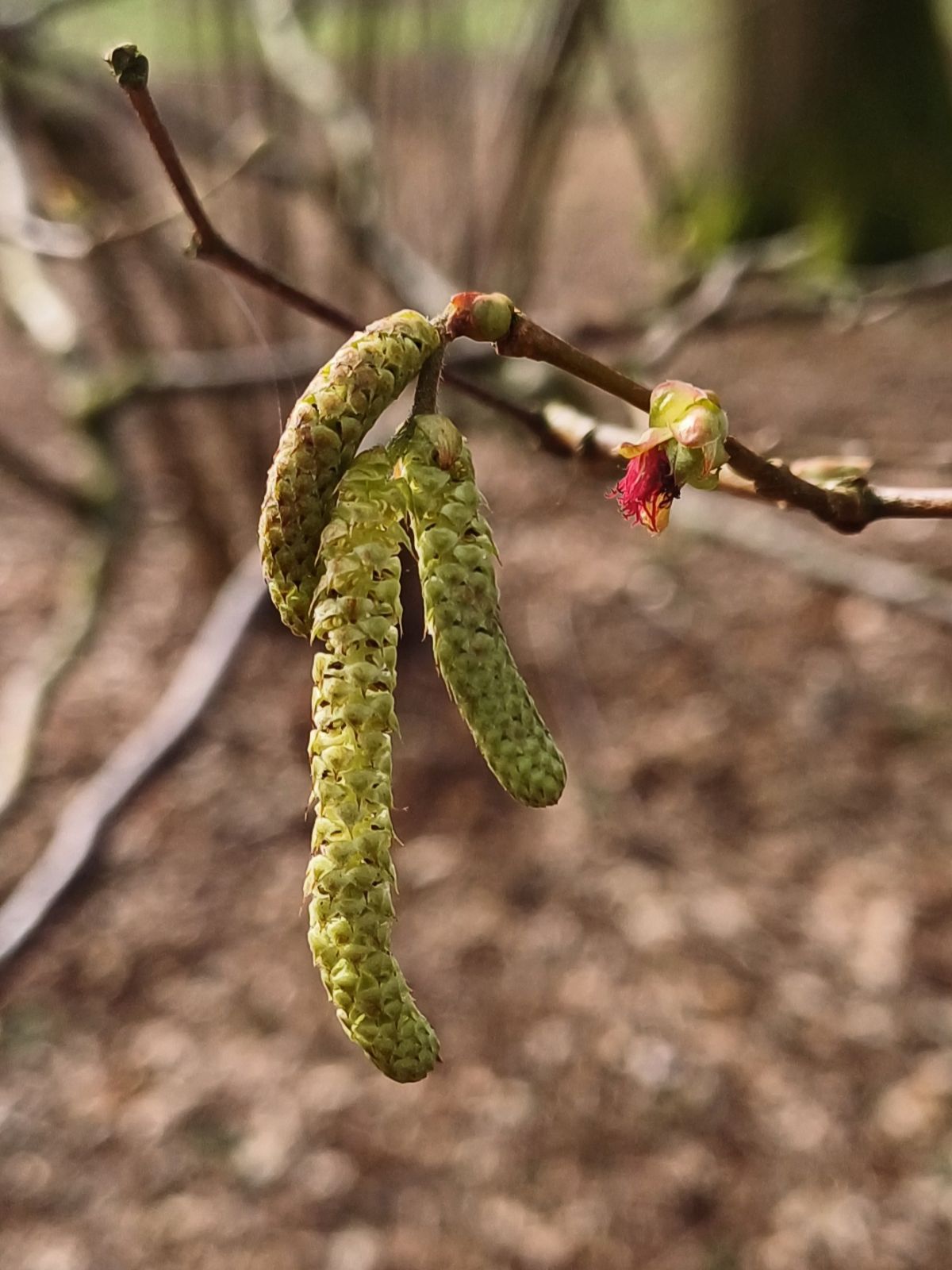Corylus heterophylla
Sponsor
Kindly sponsored by
Kent Men of The Trees
Credits
Owen Johnson & Richard Moore (2023)
Recommended citation
Johnson, O. & Moore, R. (2023), 'Corylus heterophylla' from the website Trees and Shrubs Online (treesandshrubsonline.
Genus
Common Names
- Japanese Hazel
- Siberian Hazel
- 榛 (zhen)
Synonyms
- Corylus avellana var. davurica Ledeb.
- Corylus heterophylla var. japonica Koidz.
- Corylus heterophylla var. shenyangensis L. Zhao & D. Chen
- Corylus heterophylla var. thunbergii Blume
- Corylus heterophylla var. yezoensis Koidz.
- Corylus mongolica K. Koch
- Corylus tetraphylla Ledeb.
- Corylus thunbergii K. Koch
- Corylus yunnanensis (Koidz.) Nakai, not (Franch.) A. Camus
Other taxa in genus
- Corylus americana
- Corylus americana × avellana
- Corylus avellana
- Corylus avellana × cornuta
- Corylus avellana × heterophylla
- Corylus avellana × maxima
- Corylus avellana × sieboldiana
- Corylus avellana × sutchuenensis
- Corylus Badgersett Hybrids
- Corylus chinensis
- Corylus colchica
- Corylus colurna
- Corylus × colurnoides
- Corylus cornuta
- Corylus fargesii
- Corylus ferox
- Corylus 'Grand Traverse'
- Corylus jacquemontii
- Corylus maxima
- Corylus 'Purple Haze'
- Corylus 'Rosita'
- Corylus 'Ruby'
- Corylus sieboldiana
- Corylus × spinescens
- Corylus sutchuenensis
- Corylus 'Te Terra Red'
- Corylus × vilmorinii
- Corylus yunnanensis
Many-stemmed shrub to 7 m, rarely a small tree. Bark grey, roughened with age. Young twigs with a moderate dense brownish pubescence and longer gland-tipped hairs. Leaf 4–13 × 3–10 cm, ovate to obovate, base cordate, top often broadly truncate either side of an abruptly pointed mucronate tip or lacking any tip, margin irregularly doubly serrate and usually lobulate, pubescent at least under the veins; petiole 1–2(–3) cm, sparsely pubescent. Male catkins in clusters of 2–5. Nuts in clusters of 2–6, ovoid to globose, to 15 mm wide; bracts campanulate and scarcely longer than the nut, spreading to reveal its upper portion, their margin with usually entire triangular lobes, longitudinally ridged, densely pubescent and with stiff glandular hairs near the base. Flowering May–July (in situ); fruiting July–August. (Li & Skvortsov 1999).
Distribution China E Gansu, Hebei, Heilongjiang (Dailing, Daxinganling), Henan, Jilin (Changbai Shan), Liaoning, E Nei Mongol, Ningxia (Liupan Shan), Shanxi. Japan North Korea South Korea Russia E Siberia.
Habitat Forests, to 2400 m.
USDA Hardiness Zone 4
RHS Hardiness Rating H7
Conservation status Least concern (LC)
Corylus heterophylla is the most widespread east Asian representative of the group of hazels which includes C. avellana in Europe and whose ripe nuts, with rather thin shells, fall free of their rudimentary, bell-shaped husks. This has made it the most important species for commercial nut production, after C. avellana/C. maxima. In China, nuts were traditionally collected from wild trees, with some forest management undertaken to improve productivity. In the 1980s, thirty one superior strains were selected from the wild population in Liaoning Province, but Chinese hazel breeding has since turned to the production of hybrids which combine the greater hardiness of C. heterophylla with the superior fruiting of hazels selected in Europe from C. avellana and C. maxima. A similar breeding programme has run in South Korea since 1975 and has followed a similar path (Molnar 2011; see C. avellana × heterophylla, for a discussion of these hybrids).
For such a common and culturally important plant, C. heterophylla remains surprisingly little known in the west. A significant factor here has been the general use of the cultivar name ‘Heterophylla’ for sports of C. avellana with deeply-lobed leaves (here treated as ‘Urticifolia’): commercial offerings of ‘Corylus heterophylla’ almost invariably seem to be ‘Urticifolia’. One exception is JP 614, a wild collection available from Pépinière des Avettes (Pépinière des Avettes 2023). Some introductions which were thought to be C. heterophylla have also turned out to represent other hazel species (notably SICH 1747, which is C. chinensis). C. sutchuensis has also widely been treated as a variety of C. heterophylla, meaning that references to C. heterophylla can potentially relate to that species.
True C. heterophylla can often by recognised by the shape of its leaves which can have curiously truncated tops – almost a straight line, sometimes punctuated by a little point in the middle. But, as the botanical name suggests, the leaf-shape is variable and can also approximate to the ‘average’ shape of most hazels’.
Genuine examples of C. heterophylla in western collections include plants from Nobukazu Shirai 12 at the Royal Botanic Garden Edinburgh, collected in Honshu in 2007, and from the Edinburgh/Howick Expedition to East Russia (100) at Benmore Botanic Garden, collected in Primorsky Krai in 2015. Coming from a cold and continental climate, the species is likelier to prefer to conditions at the ELTE Botanical Garden in Budapest, where there are 1998 and 2000 accessions from cultivated material, or the Holden Arboretum in Ohio, where there is one plant of unrecorded provenance (Royal Botanic Garden Edinburgh 2023).
A few hazelnut growers in North America have probably experimented with C. heterophylla because of its great hardiness, drought-tolerance and frequent resistance to Eastern Filbert Blight; seedlings can also begin to fruit in only their second year . ‘Aldaro’, ‘Andrew’ and ‘Northern Blais’ originated as open-pollinated seedlings from a plant grown as C. heterophylla in Ernie Grimo’s nut nursery in southern Ontario (Molnar 2011; and see Corylus avellana × heterophylla).

